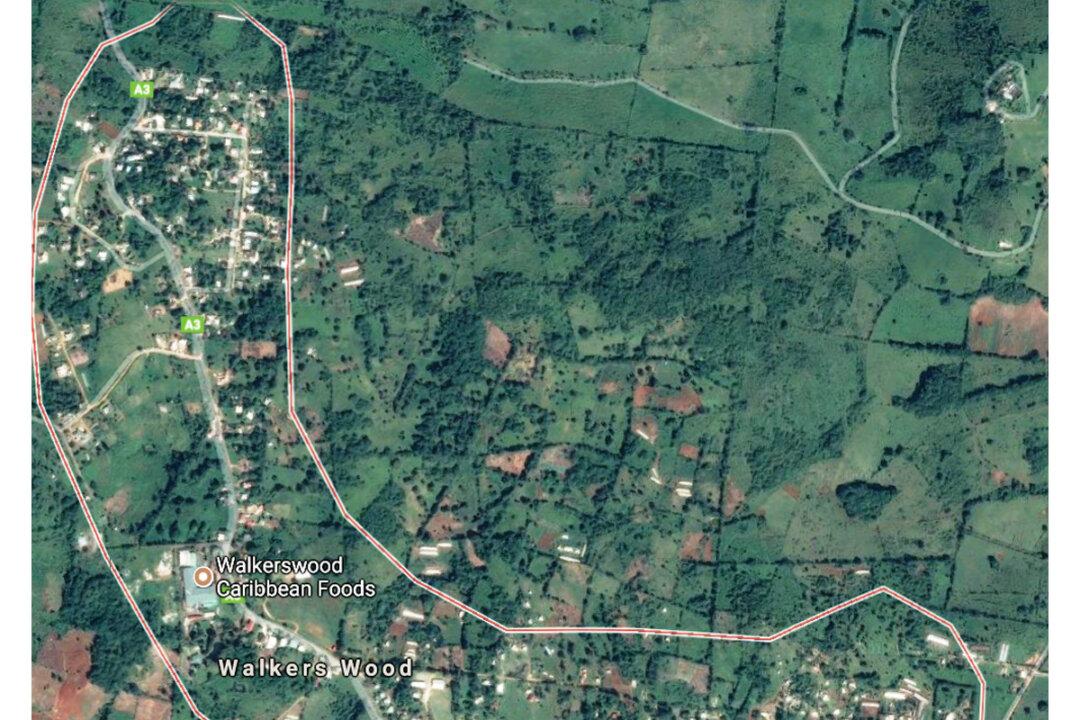There was a time, going back 150 years or more, when for one small town in Jamaica, my paternal ancestors were a big deal.
Walkerswood in St. Ann, northern Jamaica, is most famous for its jerk sauce. As someone declared, “Walkerswood is the Jamaican Jerk sauce by which all others are measured.”
